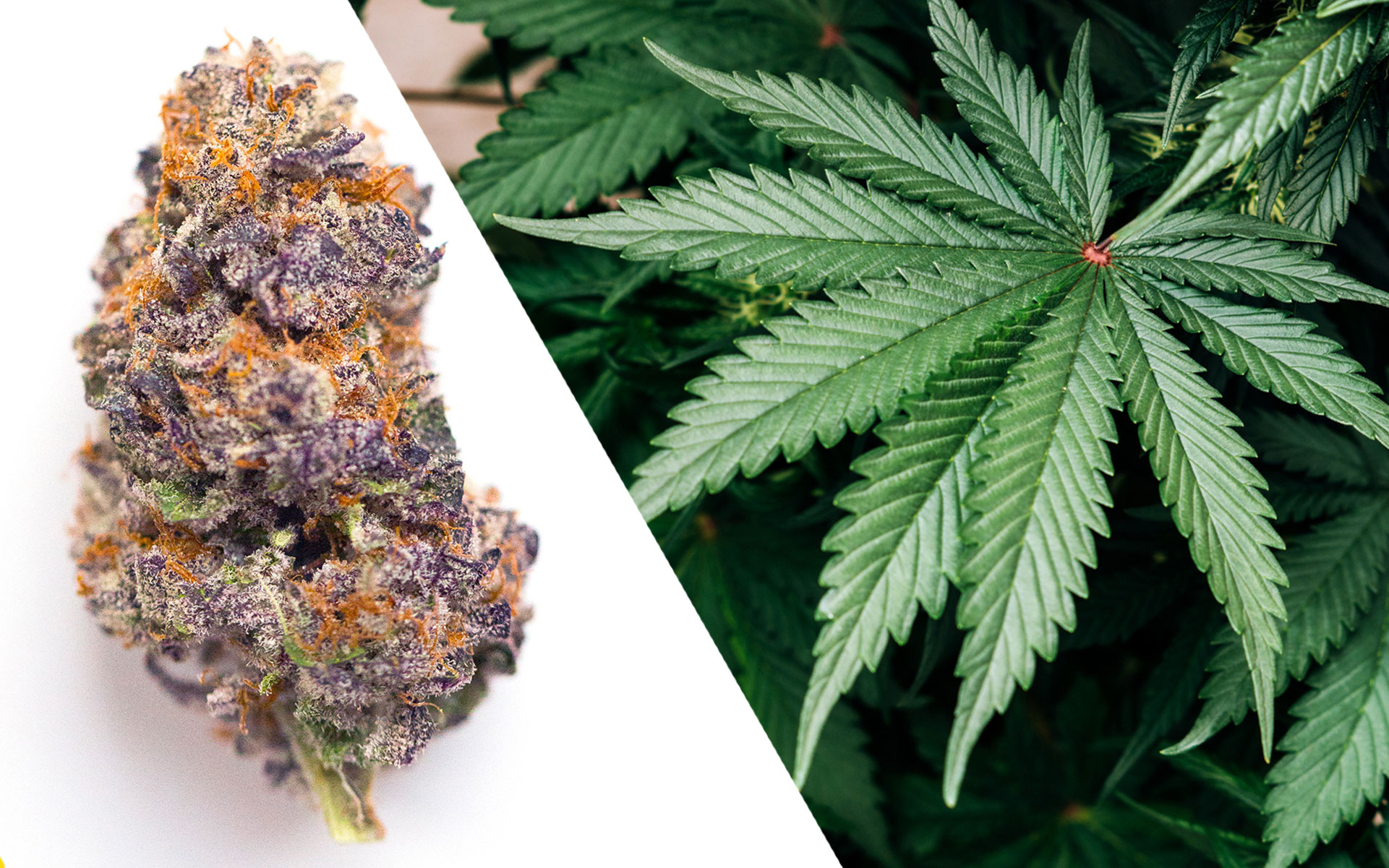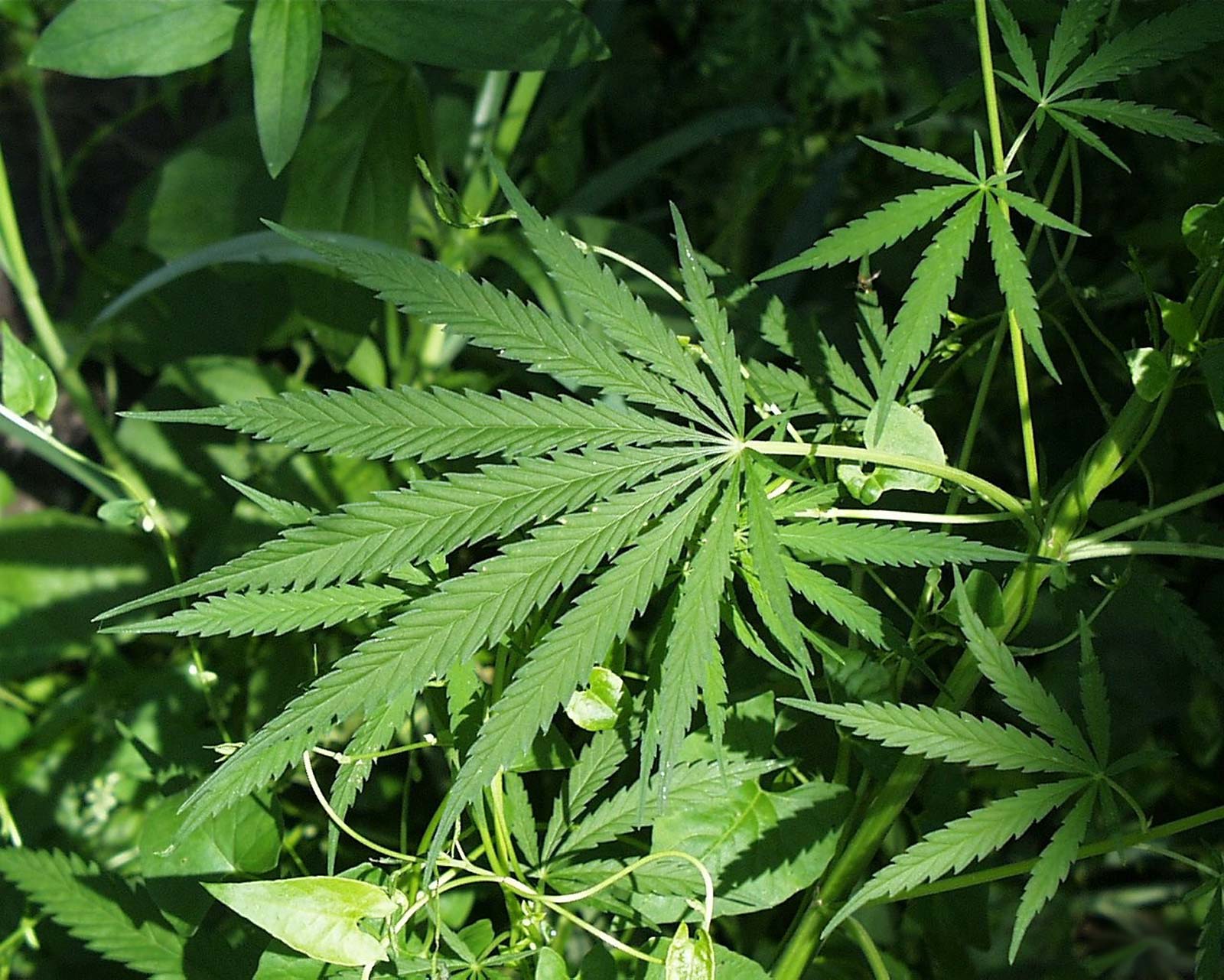Cannabis refers to a group of three plants, Cannabis Sativa, Cannabis Indica, and Cannabis Ruderalis. These three plants have psychoactive properties. Their flowers are often harvested and dried to create one of the most commonly used drug as pot, weed, or marijuana.
HISTORICAL TIMELINE OF CANNABIS LAW
The following is a chronological order of the most notable laws and their changes about cannabis in recorded history.
1300 – The Emir of Joneima in Arabia, Soudoun Sheikouni prohibited the use of cannabis across his nation. This is one of the earliest recorded cannabis bans in the world.
1787 – When Madagascar King Andrianampoinimerina took the throne in 1787, one of his first acts was to outlaw the use of cannabis by the citizens of his kingdom. Anyone caught using the substance was subjected to capital punishment as a penalty for disobedience to this law.
1800 – When Napoleon Bonaparte invaded Egypt in 1800, he became concerned by his troop’s habit of smoking hashish through pipes and their drinking of cannabis-based beverages. This concerns led him to ban both the drug and the system that provided it.
1870 – South-East Africa which was known as Natal Colony enacted the Coolie Law Consolidation. This law prohibited Indian workers from possessing, using, selling or gifting cannabis regardless of its quantity. In the same year, Singapore burned all uses of cannabis.
1877 – The Ottoman government based at Constantinople had earlier taken Egypt from Napoleon Bonaparte following his defeat and expulsion. In 1877 it mandated all hashish in Egypt to be destroyed. Two years later in 1879 importation of cannabis was burned by Khedivate of Egypt.
1894 – Indian Hemp Drugs Commission which was based in British India released its findings concluding that the moderate use of cannabis practically produced no harmful effects. In all cases with the exception of a few the harm from moderate use was not significant.
1948 – Japan established a licensing system for dealers and punishment for unlicensed use or sale through its cannabis control law.
1961 – The United Nation declared the use of cannabis for any purpose other than medical and scientific use to be discontinued as soon as possible but within 25 years. This declaration was reached in Single Convention on Narcotic Drugs.
1972 – The Netherlands divided drugs into more dangerous and less dangerous categories. Cannabis was put in a less dangerous category. A misdemeanor was to be given if someone was in possession of 30 grams or less.
1975 – Ali Soilih seized power in Comoros and legalized cannabis to gain the support of Comoros’ youths among his other radical reforms.
1996 – The state of California in the United States of America became the first jurisdiction in the USA to legalize cannabis for medical use.
2001 – The Use of Medical cannabis was legalized in Canada.
2004 – Cannabis was classified as a class C drug in the United Kingdom. Class C drug is a class for less harmful drugs. However, it was restored to class B drug in 2009.
2011 – Several Cannabis-derived drugs were approved in Denmark for medical use.
2012 – Washington State and Colorado in the United States voters voted to legalize recreational cannabis. This started the green rush which has resulted in the creation of employment for hundreds of people.
2017 – Lesotho became the first African county to give a license for medical cannabis. It was followed by Zimbabwe in 2018.
2020 – Cannabis possession and growth were legalized in Australian Capital. This is usually for personal use.
Malawi and Lebanon have become the latest countries to legalize use of medical cannabis in 2020.
Conclusion
Throughout history, many kingdoms, countries, and states have burned and prohibited the use of cannabis by its citizens for centuries. However, looking at recent studies and trends, its medical use continues to be legalized in many countries. A few countries and states have also legalized the recreational use of cannabis among its population.
WeedSmart Online marijuana store

